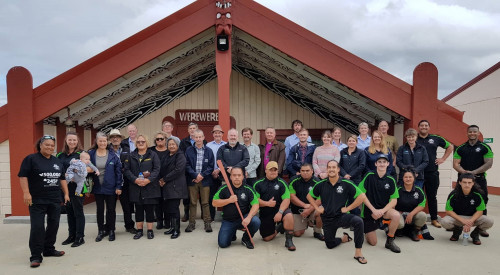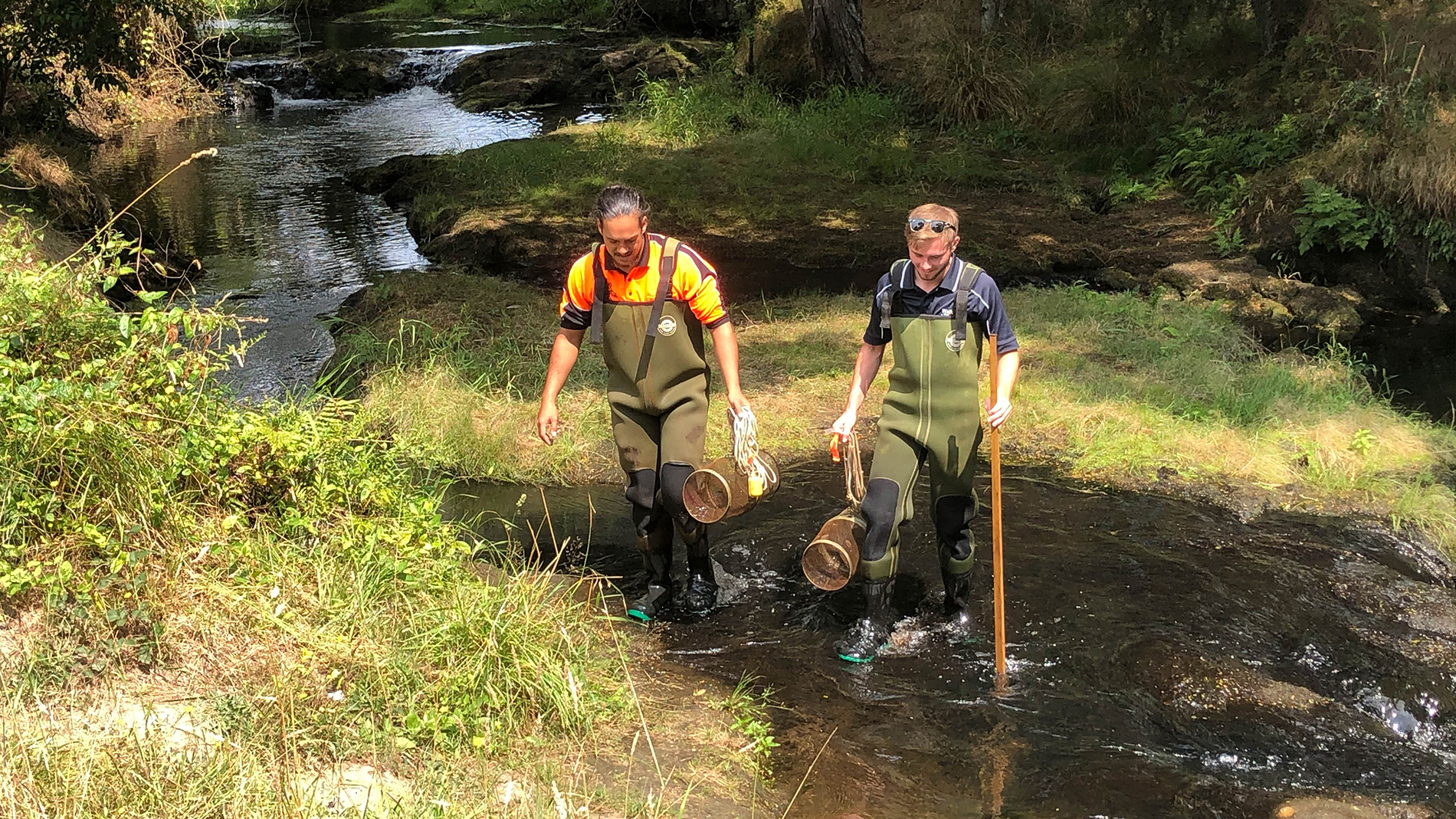“We are restoring native forests. We want to see more natural habitats, native trees growing and more life thriving on the land in a way that complements the farming.”
- Keri Thompson, Ngāti Haua Mahi Trust general manager
Ngāti Haua Mahi Trust worked out it would take 21 years to restore the mauri of the Mangaonua and Karāpiro catchments.
“Every year we would put in 30,000 plants. That was our long-term vision,” says general manager Keri Thompson.
That was until the trust, in partnership with Waikato Regional Council, got $637,500 from Te Uru Rākau’s One Billion Trees fund as part of the Government’s economic recovery response to COVID-19.
“This funding ramps it up and now we can make a massive difference.
 “The funding allows us to grow and supply an extra 100,000 trees over three years and upgrade our nursery to meet this increased demand. Our staff are guaranteed work moving forward, and we’ve been able to double staff numbers from nine to 18.”
“The funding allows us to grow and supply an extra 100,000 trees over three years and upgrade our nursery to meet this increased demand. Our staff are guaranteed work moving forward, and we’ve been able to double staff numbers from nine to 18.”
Kerry says the funding allows the trust to build on its reputation.
“Our capacity is strengthened, so we can leverage that and go ‘hey other funders, we have been doing this mahi for a while, let’s get some more native plants in the ground’.”
Restoration work by the trust is primarily on private land. The Mangaonua and Karāpiro catchments are identified as priorities in the Waikato and Waipā River Restoration Strategy and the Central Waikato Zone Plan. They are catchments of historical significance for Ngāti Haua.
“You can see the remnants of pā sites and burrow pits. We used to the rivers for travel, bathing and gathering kai.
“If we look at the land right now, we see a lot of deforestation. We are restoring native forests. We want to see more natural habitats, native trees growing and more life thriving on the land in a way that complements the farming.
“We work using mātauranga Māori values, understanding the connection to the land. And our partnership with the regional council means we also learn from their work and experience.
“This work improves the water quality, that’s a given; but for us as mana whenua it also creates more habitat for the fish life such as tuna, freshwater mussels and yummy watercress … and the birds come back and will do half of the work for us in the future.”



